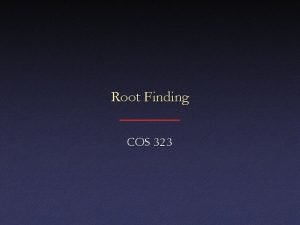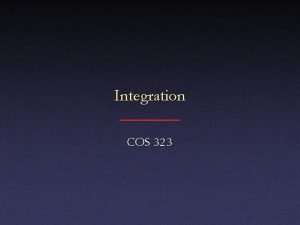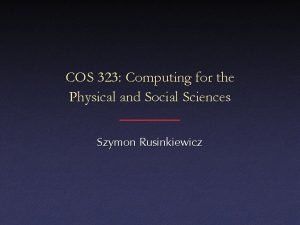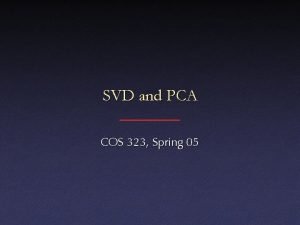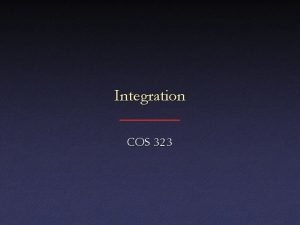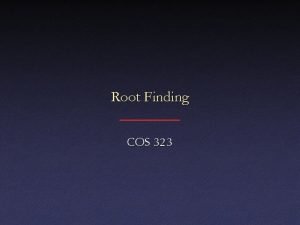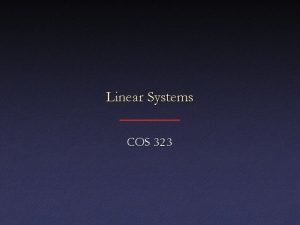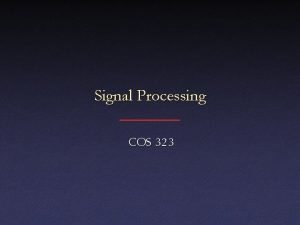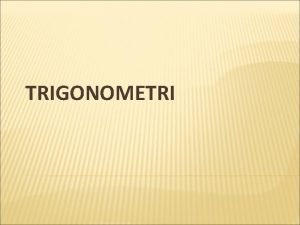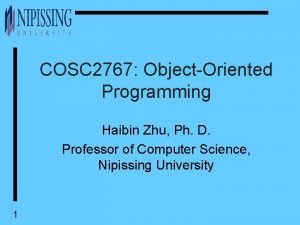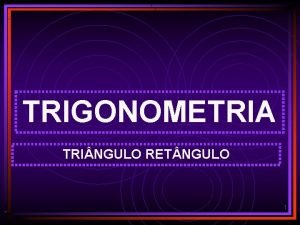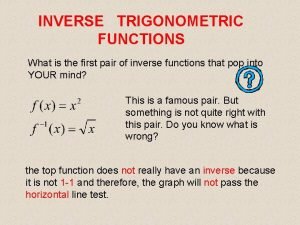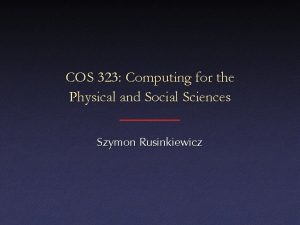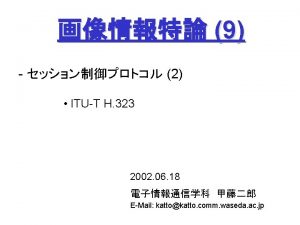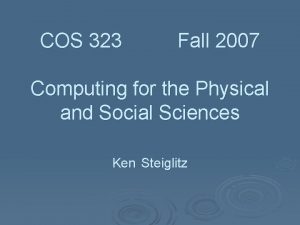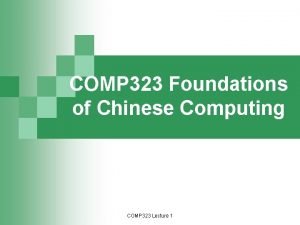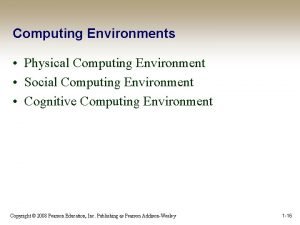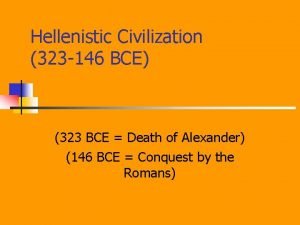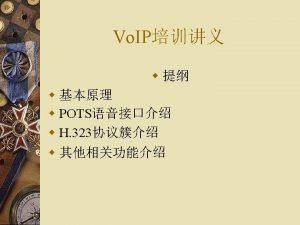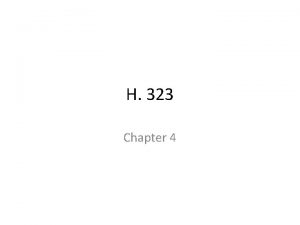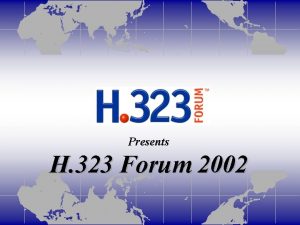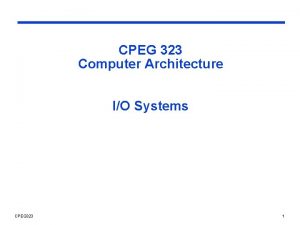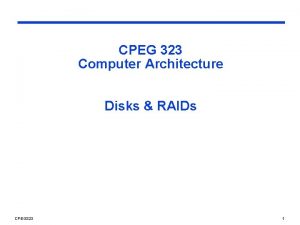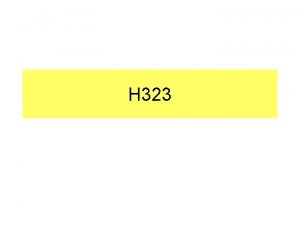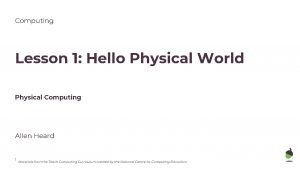COS 323 Computing for the Physical and Social

















- Slides: 17

COS 323: Computing for the Physical and Social Sciences Szymon Rusinkiewicz

What’s This Course About? • Numerical Algorithms • Analysis of Data • Simulation

Numerical Analysis • Algorithms for solving numerical problems – Calculus, algebra, data analysis, etc. – Applications in all scientific and engineering fields • Analyze/design algorithms based on: – Running time, memory usage (both asymptotic and constant factors) – Applicability, stability, and accuracy for different classes of problems

Why Is This Hard/Interesting? • “Numbers” in computers numbers in math – Limited precision and range • Algorithms sometimes don’t give right answer – Iterative, randomized, approximate – Unstable • Running time / accuracy / stability tradeoffs

Numbers in Computers • “Integers” – Implemented in hardware: fast – Mostly sane, except for limited range • Floating point – Implemented in most hardware – Much larger range (e. g. 231. . 231 for integers, vs. 2127. . 2127 for FP) – Lower precision (e. g. 7 digits vs. 9) – “Relative” precision: actual accuracy depends on size

Floating Point Numbers • Like scientific notation: e. g. , c is 2. 99792458 108 m/s • This has the form (multiplier) (base)(power) • In the computer, – Multiplier is called mantissa – Base is almost always 2 – Power is called exponent

Modern Floating Point Formats • Almost all computers use IEEE 754 standard • “Single precision”: – 24 -bit mantissa, base = 2, 8 -bit exponent, 1 bit sign – All fits into 32 bits (!) • “Double precision”: – 53 -bit mantissa, base = 2, 11 -bit exponent, 1 bit sign – All fits into 64 bits • Sometimes also have “extended formats”

Other Number Representations • Fixed point – Absolute accuracy doesn’t vary with magnitude – Represent fractions to a fixed precision – Not supported directly in hardware, but can hack it • “Infinite precision” – Integers or rationals allocated dynamically – Can grow up to available memory – No direct support in hardware, but libraries available

Consequences of Floating Point • “Machine epsilon”: smallest positive number you can add to 1. 0 and get something other than 1. 0 • For single precision: 10 7 – No such number as 1. 00001 – Rule of thumb: “almost 7 digits of precision” • For double: 2 10 16 – Rule of thumb: “not quite 16 digits of precision” • These are all relative numbers

So What? • Simple example: add 1/10 to itself 10 times

Oops! • Result: 1/10 + … 1 • Reason: 0. 1 can’t be represented exactly in binary floating point – Like 1/3 in decimal • Rule of thumb: comparing floating point numbers for equality is always wrong

More Subtle Problem • Using quadratic formula to solve x 2 – 9999 x + 1 = 0 – Only 4 digits: single precision should be OK, right? • Correct answers: 0. 0001… and 9998. 999… • Actual answers in single precision: 0 and 9999 – First answer is 100% off! – Total cancellation in numerator because b 2 >> 4 ac

Catalog of Errors • Roundoff error – caused by limitations of floating-point “numbers” • Truncation error – caused by stopping an approximate technique early – e. g. , too few terms of Taylor series for sin( ) • Inherent error – limitation on data available – GIGO • Statistical error – too few random samples

Running Time • Depending on algorithm, we’ll look at: – Asymptotic analysis for noniterative algorithms (e. g. , inverting an n n matrix requires time proportional to n 3) – Convergence order for iterative approximate algorithms (e. g. , an answer to precision might require iterations proportional to 1/ or 1/ 2 )

This Course • Basic techniques: root finding, optimization, linear systems • Data analysis and modeling: least squares, dimensionality reduction, visualization, statistics • Signal processing: sampling, filtering • Integration and differential equations • Simulation

Mechanics • Programming assignments – Typically more thought than coding – Some in MATLAB, some in C or Java – Analysis, writeup counts a lot! • Final project

Mechanics • “Lab” time – now cancelled • Course webpage – (infinitely long address – find from CS dept webpage) • Contact me at smr@cs • TA: Alex Golovinskiy agolovin@cs
